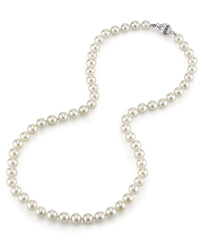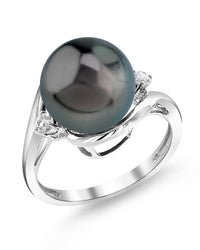When exploring the world of pearls, a regular question we regularly hear is: are “Freshwater pearls” and “cultured pearls” the same thing? At first glance, these may seem like distinct types of pearls but the relationship is a bit more nuanced.
“Freshwater pearls” refers to where the pearls are grown—namely, in freshwater environments like lakes and rivers—while “cultured pearls” describes how the pearls are formed: through human intervention via the pearliculture process. So Freshwater pearls are actually cultured pearls. In fact, nearly all Freshwater pearls on the market today are cultured, meaning they were created with some assistance from pearl farmers.












